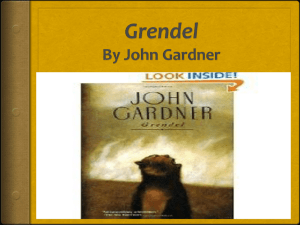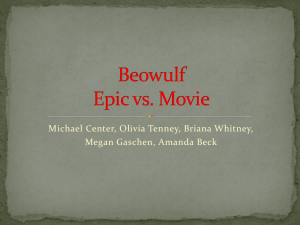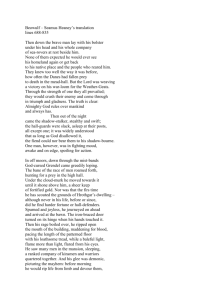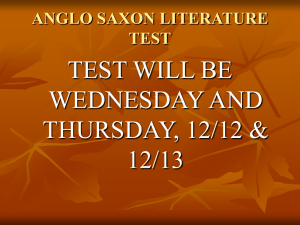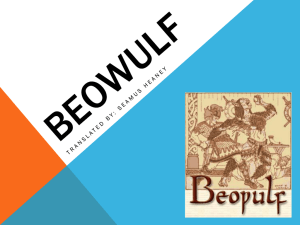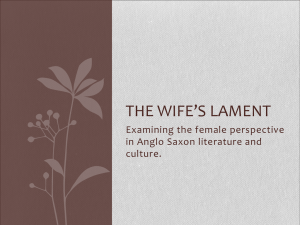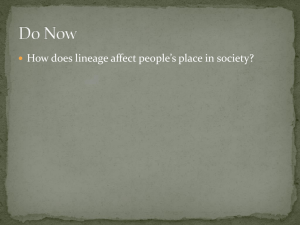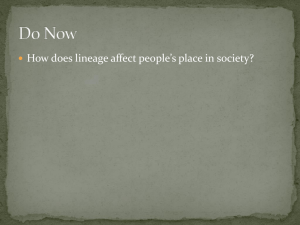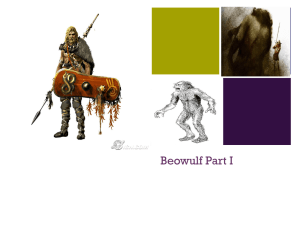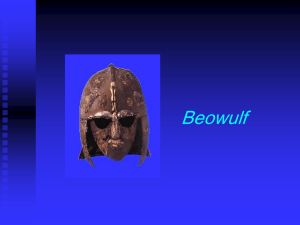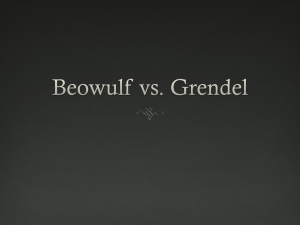Homework Answers
advertisement
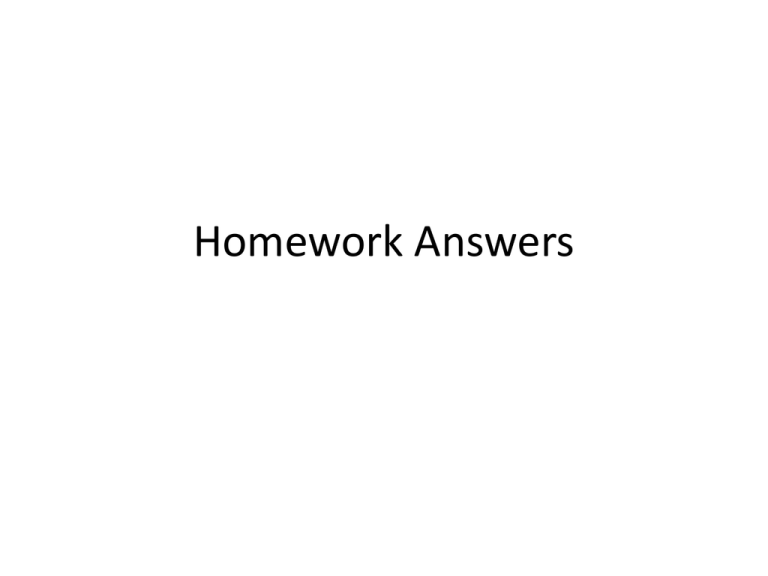
Homework Answers Warm Up • Describe anything that has occurred in part V of Beowulf…. …King Beowulf? Dragon? Treasure? White Tower? 2-4 sentences • Take out the following: -Homework worksheet (due Friday) -Textbook -Packet -Notebook Grendel Attacks the Danes • 1. External Conflict: The conflict between Grendel and the Danes. It is motivated by Grendel’s evil and his hatred of the Danes’ joy. The conflict is ongoing. • 2. The conflict reflects Grendel’s evil nature and how terrified the Danes are now because of his attacks. It shows how dark and fatalistic Anglo Saxon culture was. The Coming of Boewulf • 3. External Conflict: The conflict is between the Danish shore guard and the newly arrived Geats, led by Beowulf. It is motivated by fear of invaders and is resolved when Beowulf assures the guard of their good intentions. • 4. The temporary conflict reflects Anglo Saxon fears of outsiders and invaders and hints at how the culture resolved conflicts. The Battle with Grendel • 5. External Conflict: The conflict is between Grendel and Beowulf and is motvated by Grendel’s attack and Beowulf’s desire to vanquish Grendel to gain fame. It is resolved when Beowulf tears Grendel’s arm off. • 6. The conflict reflects the author’s belief in monsters as symbols of evil. It also shows Grendel’s feelings and Beowulf’s strength. Battle with Grendel’s Mother • 7. External Conflict: The • 8. The conflict reflects conflict is between the Anglo Saxon Grendel’s mother and fascination with Beowulf and is monsters and the motivated both by the importance of divine beasts need for revenge intervention in the life and Beowulf’s warrior of a warrior. spirit. It is resolved when Beowulf kills her, presumably with God’s help. Battle with the Dragon • 9. Internal Conflict: The conflict takes place within Beowulf’s mind and is motivated by his belief in God, along with his self-doubt; he feels that he is somehow responsible for the bad fate that has befallen the Geats. • 10. The conflict reflects Beowulf’s deep sense of responsibility and reflects the Anglo-Saxon conversion to Christianity.
